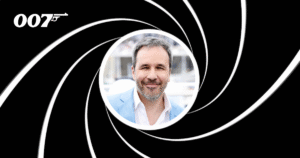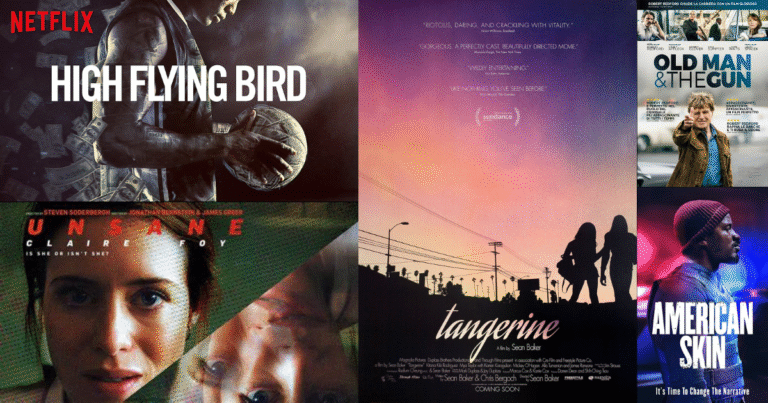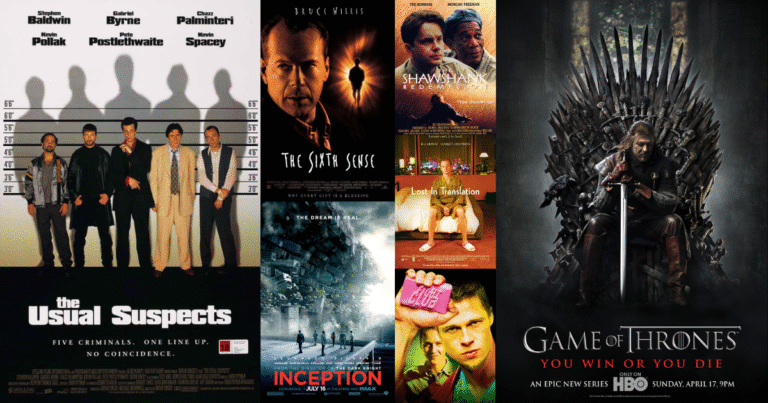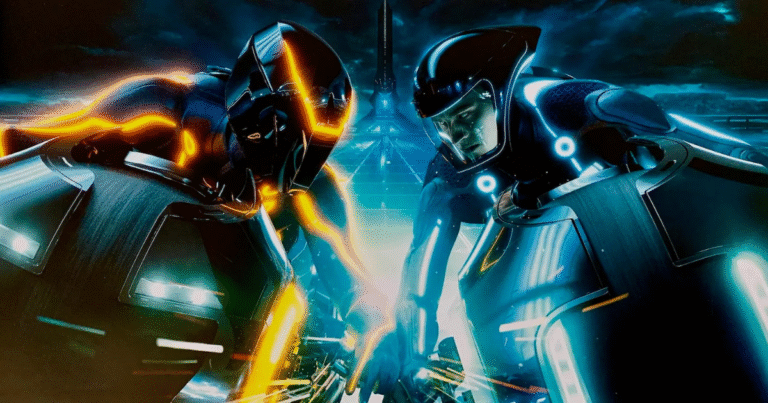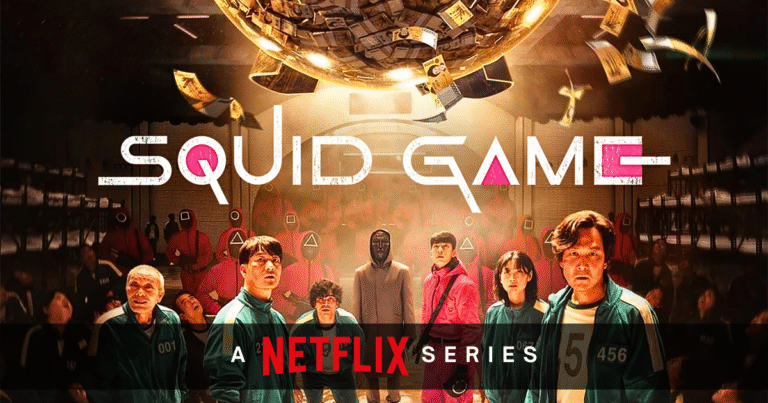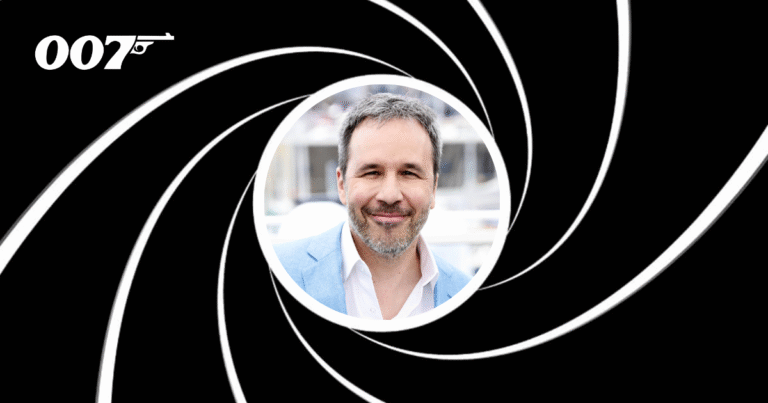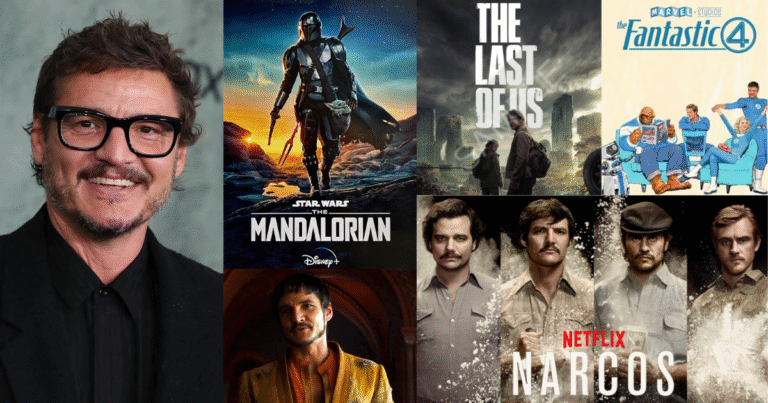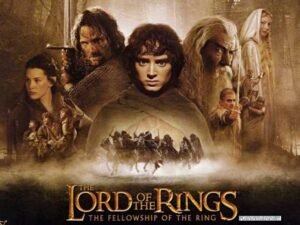In movies, we often talk about sound—music, dialogue, explosions, and background noise. But sometimes, what we don’t hear is just as powerful.
Silence, when used the right way, can say more than words or music ever could. It can create tension, show deep emotion, or even reflect reality in a powerful way. Let’s explore how filmmakers use silence as a storytelling tool—and why it works so well.
- Silence Builds Tension Like Nothing Else
Think of a scene in a horror film just before something scary happens. Often, everything goes completely silent. That moment of stillness grabs your attention. You hold your breath. You know something’s coming—but when? That quiet builds fear better than any scream or jump scare.
In Gravity (2013), director Alfonso Cuarón used silence in space to full effect. In real life, space is silent because there’s no air to carry sound. So, instead of hearing big booms or crashes, we only hear what Sandra Bullock’s character hears inside her suit—her breathing, her panic. The silence outside makes the danger feel even more real.
- Silence Can Show Emotion Deeply
Sometimes, when a character is going through something intense—grief, shock, heartbreak—words don’t feel right. In these moments, silence speaks louder than dialogue.
In Lost in Translation (2003), many of the emotional scenes between Scarlett Johansson and Bill Murray are almost wordless. Their silence feels more honest than any long speech could.
Silence can show loneliness, love, or confusion without needing a single line of dialogue. It allows the audience to feel the emotion, not just hear it.
- It Makes You Pay Attention
When a movie suddenly goes quiet, it grabs your focus. You’re no longer just watching—you’re leaning in. Filmmakers use silence to say, “Pay attention. This moment matters.”
In No Country for Old Men (2007), many scenes are completely silent. No music. No dramatic sound effects. Just the natural sounds of the world. This quietness makes everything feel more grounded, more real, and strangely more intense.
- Silence Gives Space to Think
In some films, silence gives the audience a chance to breathe and reflect. These quiet moments let you sit with what just happened.
Directors like Terrence Malick (The Tree of Life) and Sofia Coppola (Somewhere) use silence to slow things down and allow us to feel the atmosphere of the scene. It’s a gentle reminder that not every second needs to be filled with noise.
- The Right Silence is Never Empty
Silence doesn’t mean “nothing is happening.” In great films, silence is full of meaning. It’s the space where tension grows, emotions rise, and characters reveal their truth—without saying a word.
It’s not about having no sound at all. It’s about choosing to leave space where sound could be—and using that space to make a bigger impact.
Final Thoughts
Silence in movies is not just the absence of sound—it’s a powerful storytelling tool. It creates mood, builds tension, and gives the audience a deeper emotional experience. Some of the most memorable scenes in cinema history are the ones where nobody says anything at all.
So next time a film goes quiet—don’t check your phone. Stay with it. That silence is speaking to you.

